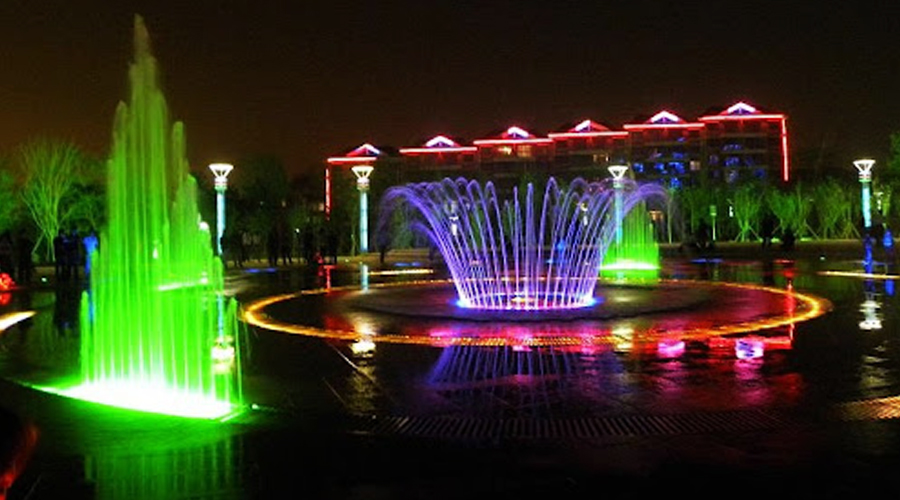
Fountain Lights – How Avoid Leakage Fading Short Circuit(2)
Fountain Lights Safety & Durability Protection Guide: Solutions to leakage, fading, short circuits let’s know items together. YFFY Lights provide
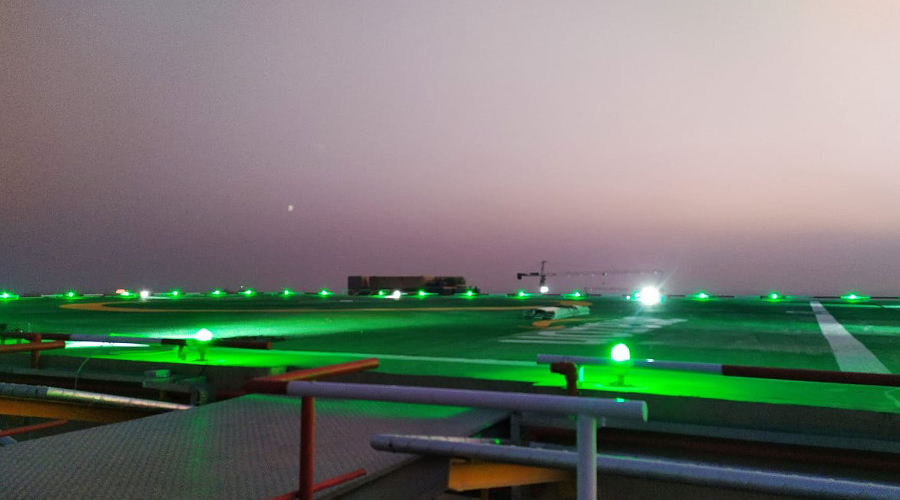
Airport apron lighting system is a key infrastructure to ensure aviation safety and improve operational efficiency. A set of airfield ground lighting system that meets international standards can not only ensure the safe parking and dispatching of aircraft under complex meteorological conditions, but also significantly improve the airport’s operational capabilities at night and under low visibility conditions.
This article will introduce the main standards and technical requirements for airport heliport lighting in detail.
Standard apron lights should have the following characteristics:
Different functional areas have specific lighting standards:
Airport apron lighting systems that meet the above standards, such as the LED airport light series and solar airport warning lights provided by YFFY Lights in these professional manufacturers, can provide safe, reliable and efficient lighting solutions for the apron area to meet the operational needs of various airports.

Fountain Lights Safety & Durability Protection Guide: Solutions to leakage, fading, short circuits let’s know items together. YFFY Lights provide

Fountain Lights Safety & Durability Protection Guide: Solutions to leakage, fading, short circuits are issues that should be paid attention
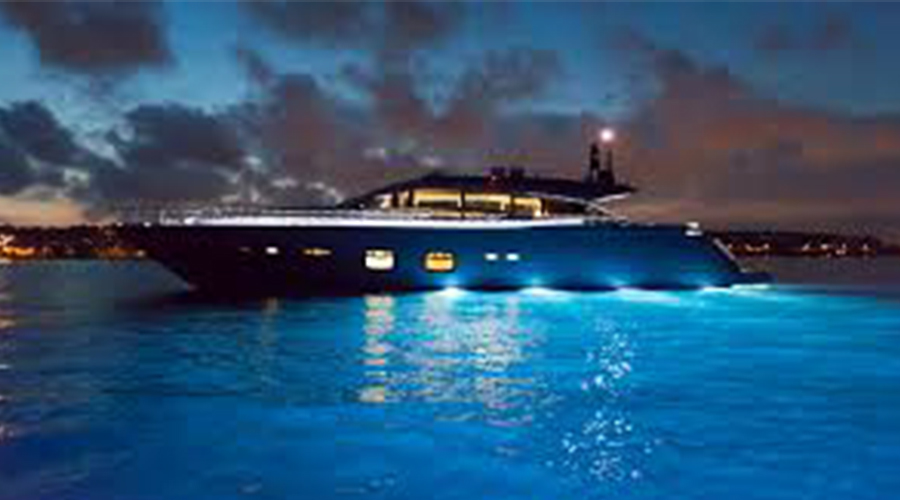
Underwater boat lights value for yacht manufacturer has been transformed from underwater lighting to commercial value. Let’s learn more about
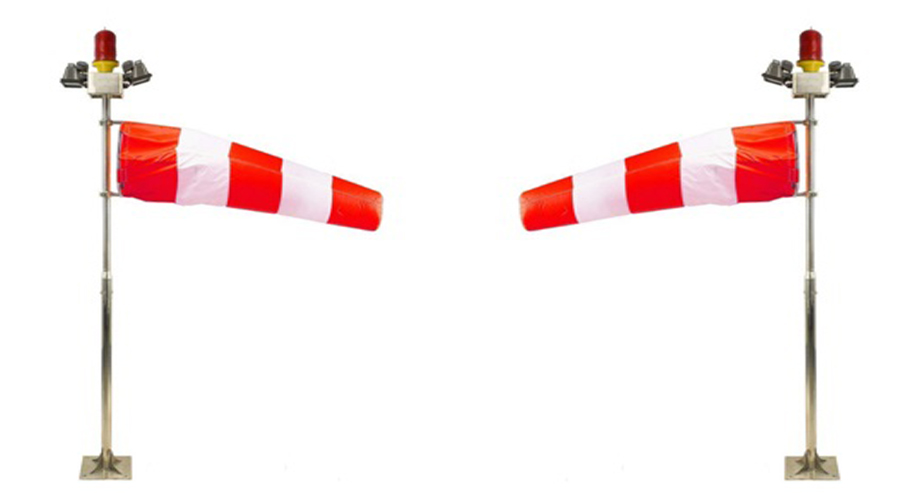
The wind vane is mainly used in solar apron lights to indicate wind direction, helping pilots determine the take-off and
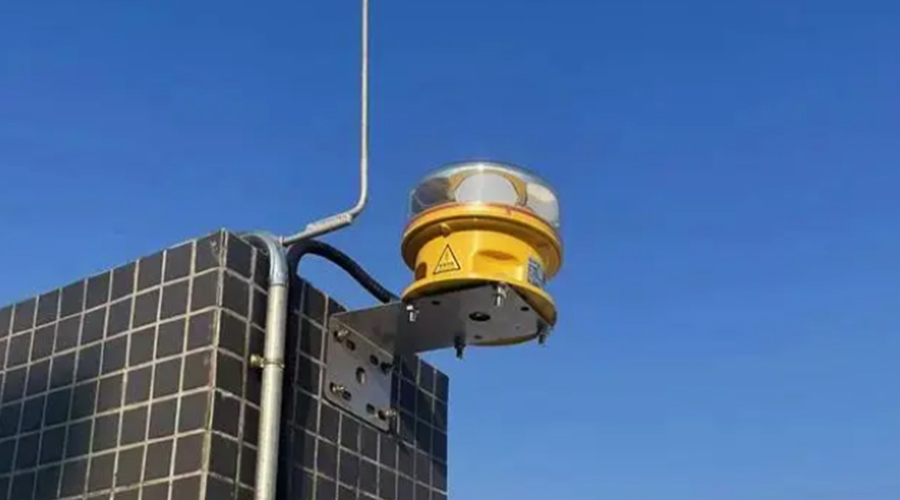
Solar low-intensity obstacle lights require choosing a suitable installation location to ensure that they can serve as a warning for
Copyright © 2024 Shaanxi Yuefeng Feiyao Technology Co., Ltd. | Powered by YFFY Lights